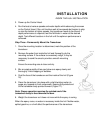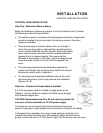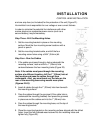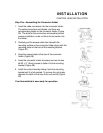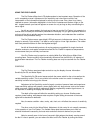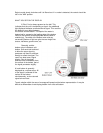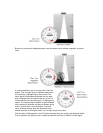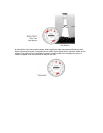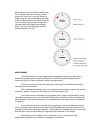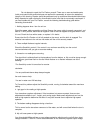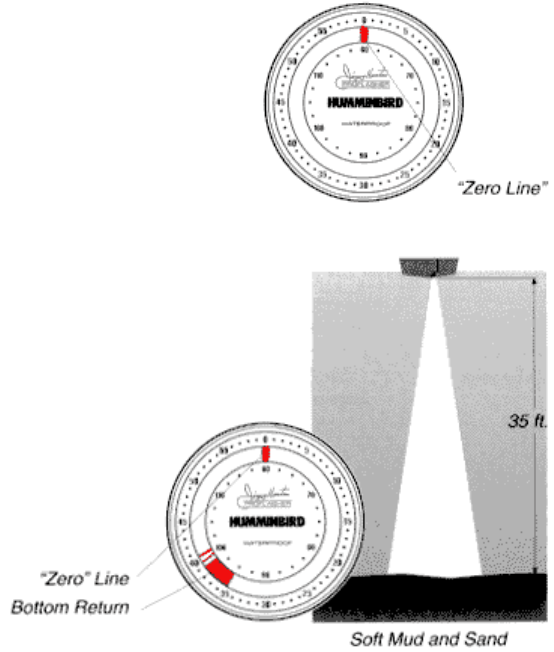
Reject control slowly clockwise until it is filtered out. If no noise is detected, the control should be
left in the "MIN" position.
WHAT YOU SEE ON THE DISPLAY
A "Zero" line is always present on the dial. This
indicates that the unit is transmitting a signal. Any additional
light displayed indicates a reflected sonar signal. This could be
the bottom or any object between
the surface and the bottom. The depth of the water is
determined by comparing the leading edge of the bottom
return to the number on the appropriate scale (inside or
outside ring). The width of the bottom return and any
surrounding flashes of light can give the user insight into
texture, hardness, ground cover, etc.
Generally, a wider
bottom return indicates a soft
bottom. Soft sand and mud tend
to allow the sonar signal to
penetrate until there is sufficient
density to reflect the signal. The
result is a wider return signal
display. Part of the signal
bounces back immediately from
the surface of the bottom, part of
the signal penetrates slightly.
A hard bottom is generally
displayed as a narrow return. All
of the signal is reflected off the
surface of the bottom
simultaneously, so the returned
signal arrives intact.
Terrain variation within the area of coverage will spread out the bottom representation. It may be
difficult to differentiate a hard sloping bottom from a flat soft bottom.




